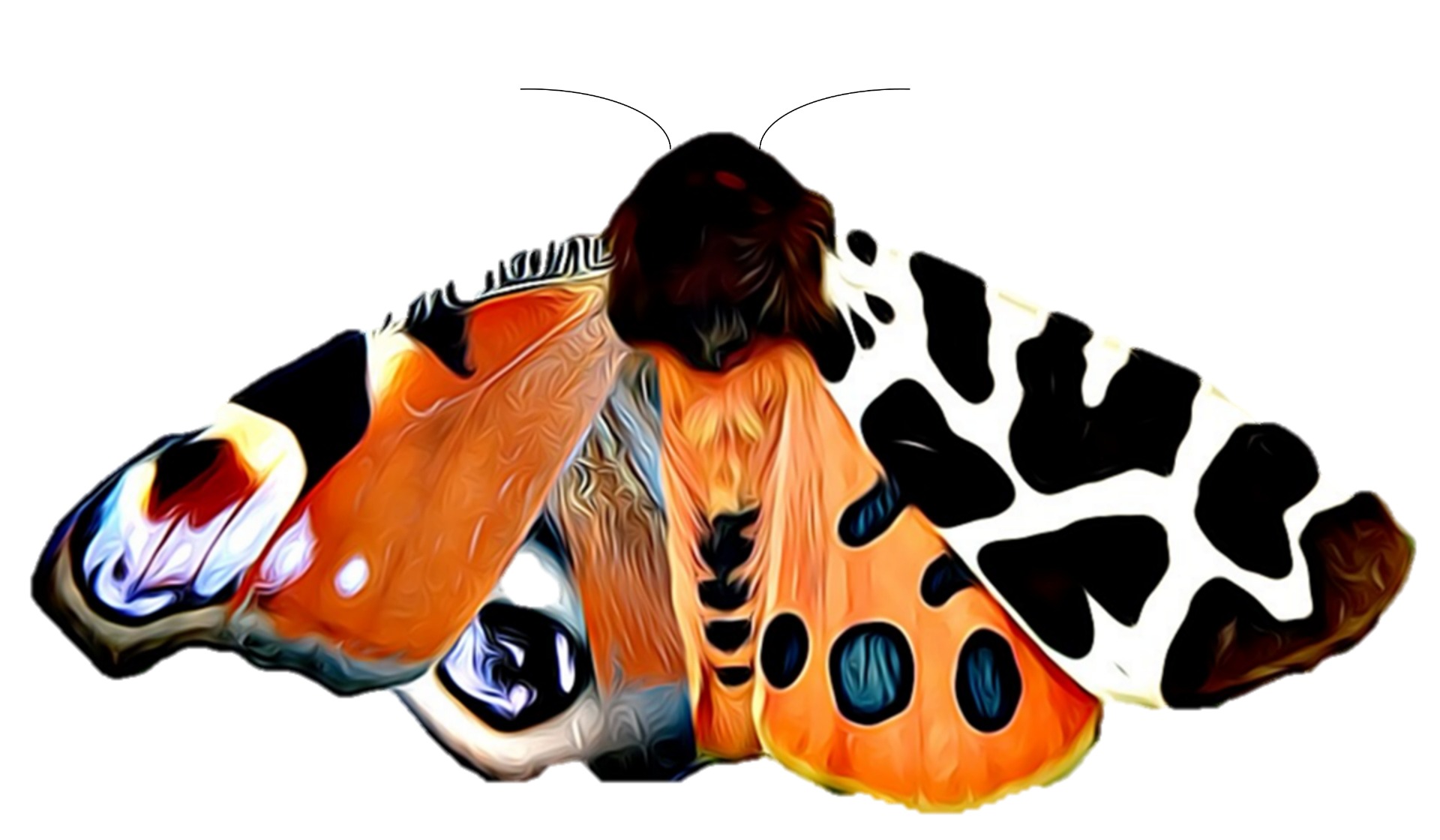Cordyceps militaris, the orange caterpillar club fungus
This species is very close to my heart, having studied it for three happy years in my PhD under the excellent supervision of Cornelia de Moor at the University of Nottingham - whom I first met almost exactly 5 years ago.
It is an insect pathogenic fungus, infecting predominantly caterpillars, with a cosmopolitan distribution. Part of a very large family of entomopathogenic fungi (the Cordyceps sensu lato or Clavicipitaceae) of over 400 species, this one has the widest known variety of hosts.
It is perhaps best known its production of cordycepin (3'-deoxyadenosine) - a nucleoside analogue with anti-inflammatory and other potential pharmacologically-important properties. The activity of cordycepin is stabilised and enhanced by the production of another metabolite via genes of the same cluster - pentostatin - itself a cancer drug. In our work we found evidence for the role of cordycepin and pentostatin in C. militaris in hindering the insect immune system in order to promote more successful colonisation of host caterpillars. Some of the key experiments involved injection of various forms of spore suspensions and fungal metabolites into live caterpillars.
[Picture shows responses in Galleria mellonella (wax moth) caterpillars injected with spores - including melanisation (mid centre), and full colonisation by the fungus (left)]
